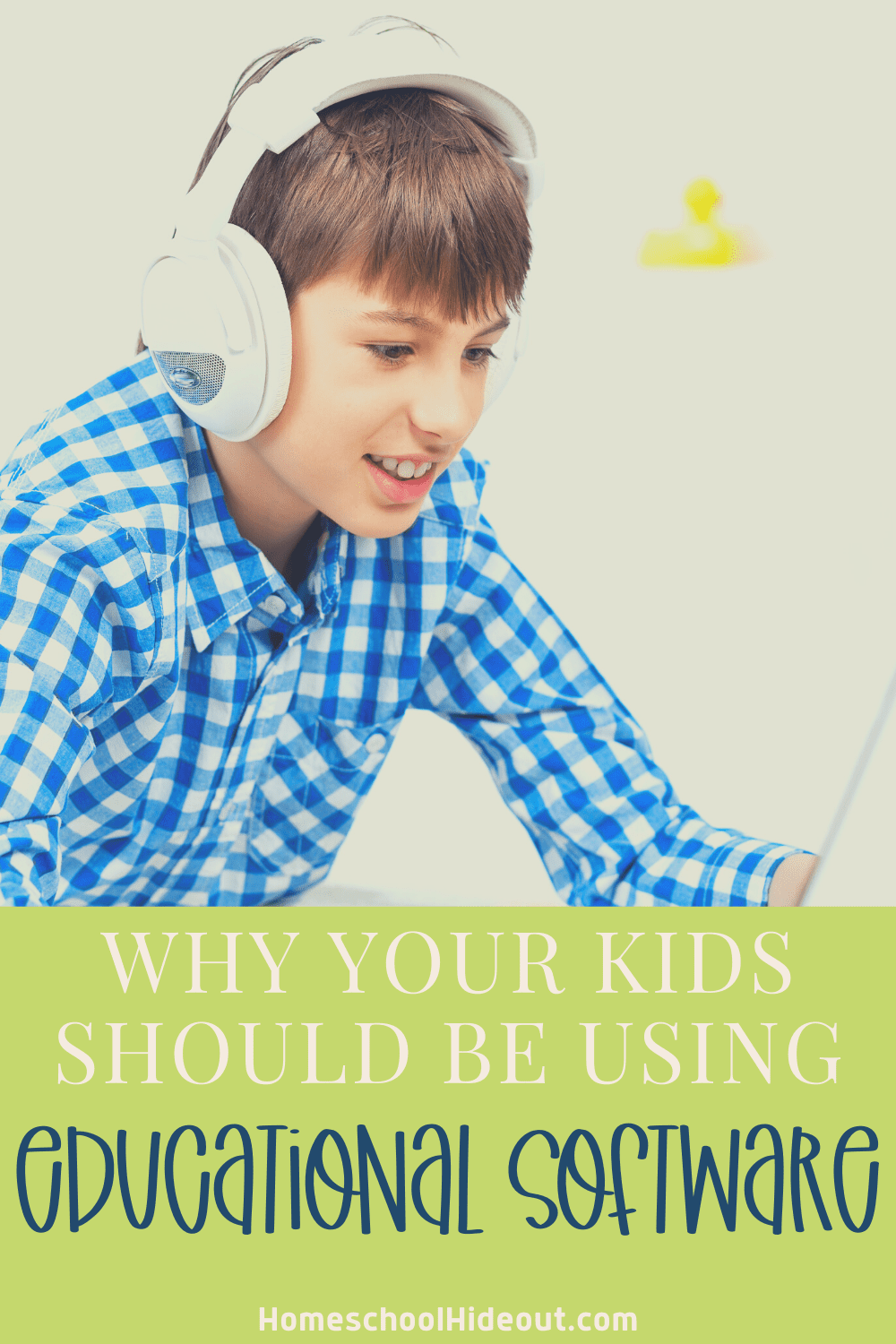The term “educational software” applies to all sorts of computer software. These software are designed with the main purpose of self-learning or teaching. This concept dates back to the early 40s. Today, educational software is still at the peak of popularity, and there are quite a few reasons for that.

What types of educational software are there? Today, the range of educational software is very extensive. There are tools for all types of needs. Namely, there are different types of reference software like dictionaries and encyclopedias. Also, there is what we call courseware – all types of software designed to support students at different stages of their journey. For example, the apps that edit or even hire history essay writer, as well as tools designed for improving knowledge on specific topics.
‘Some other popular options include:
- Tutorial software;
- Simulations;
- Educational games;
- Drill and practice software, etc.
The Need for Educational Software
There is no secret that information technology has long been deeply rooted in our everyday lives. The internet and various technologies have become our loyal companions in everything we do.
These facts have led to multiple improvements and benefits. Performing a wide range of day-to-day tasks has gotten much simpler. But, at the same time, there is also a negative side to using technology to such a big extent.
One of the biggest side effects of technology we’ve seen so far is a dramatic decrease in people’s attention spans. The Technical University of Denmark study insists that being exposed to huge volumes of information every day leads to a significant drop in our collective attention span. Simply put, an average modern person finds it hard to concentrate on a specific matter for a long time. This is also true for children.
This brings us to the main reason why we should incorporate educational software into the process of learning. The modern generation of children has shorter attention spans than ever. Kids get distracted too easily, which forces us to look for new, more effective ways to keep them engaged.
Technology, which initially led to a decrease in attention spans, has the potential to ultimately become the solution we are craving for. Numerous studies confirm that the right use of technology and educational software in the classroom results in a richer and more engaging learning environment and, thus, boosts students’ performance. This is pretty much the only thing you need to know about the need for educational technology in the modern world.
Relevance and Benefits
Using educational software in learning can have many perks. Here are a few of the biggest benefits to consider:
Better Engagement
The need for engaging kids in the classroom is as high as ever as their attention spans are record low compared to previous generations. So, the first and biggest benefit of using educational software as a learning tool is improved engagement.
Educational software incorporates interactivity with multimedia content, which makes it much more engaging than, for example, TV or books. This is especially important for primary school students, who are much harder to engage than adults. Such software can use different types of content, including dialogues, sounds, cartoons, and characters that together stimulate the curiosity of young users and make them want to interact with it.
Communication and Feedback
As a rule, educational software comes with a number of convenient tools for communicating and sharing feedback. This allows collaboration between users within the class and gives the possibility for collaborative learning between pupils located in different geographical areas, which is extremely important in today’s unstable global situation.
Expanded Knowledge
The next big benefit is the possibility to deliver a more complete, comprehensive, and uniform knowledge. The use of educational software for teaching primary school children allows engaging multiple senses. Students can hear or see what they are learning instead of just reading about it. As a result, the quality of knowledge increases, and so does the retention of information.
Fostering Strong Computer Skills
In our high-tech world, the lack of computer skills ultimately means falling behind the competition. In order to succeed further in school, then in college, and grow into competitive professionals, children need to acquire strong computer skills as early as possible.
Using educational software as a learning tool starting from primary school will help pupils develop these vital skills.
Progress Tracking and Assessment
Educational software offers a simple way to track progress and assess learning outcomes. There are two sides to it.
This benefit relates to student themselves. Such learning tools typically provide an opportunity for self-assessment in the process of learning, which allows healthy competition in the classroom and helps students maintain their motivation.
Simplified progress tracking and assessment can also be extremely beneficial for teachers, giving them simpler and more automated tools for student evaluation.
The Bottom Line
We now live in the new era of learning. While technology has influenced the a lot of our lives, the educational sector is among those that have undergone the biggest changes.
With the changing attention spans and needs of modern children, the need for high-quality educational software that could satisfy these needs skyrockets. With all the pros of educational software as well as the reasons to incorporate it into the learning process, we can expect it to be a big trend in education for years to come.






